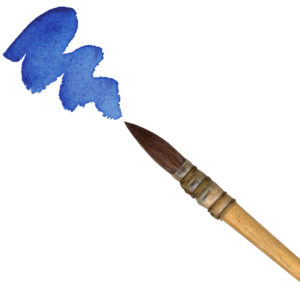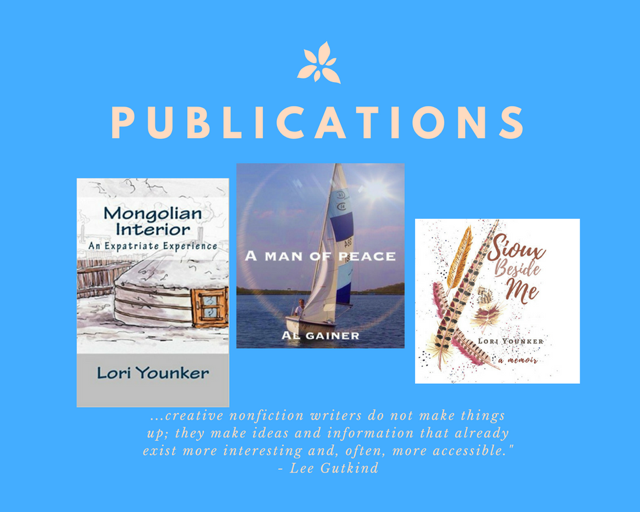The braided essay is a writing technique that blends 2-3 themes or topics together. In the braided essay, informational text is often positioned in contrast to personal narrative. As the two elements take their turns on the page, a metaphor results that delights and persuades the reader. While she reads, she notes the connections and similarities between the strands.
Assignments made by writing teachers to create the braided essay often begin with freewriting. With freewriting as our starting point, follow these steps:
STEP ONE: Free Writing
Let’s use Natalie Goldberg’s WILD MIND exercise of “seeing”–>
- Begin by noticing something and write “I see…”
- Describe what you see with very specific words, not bird, but rather a black-capped chickadee
- If you find yourself speaking in general terms, “unpack” the term with details and observations
- Take the observation to the places your mind wants to go, make no analysis, and keep that pen moving!
- Explore the connection made from your first object to the abstract or from the object to another object to a memory!
TIP: Traverse memory lane by visiting it in a deliberately roundabout way. This exploratory writing paves the way for a future braided text that can help them see every thought and image as a new, possible fruitful connection. What may appear off-topic or loosely connected in a different type of essay is, in the braided essay, seen as worthy of further contemplation.
STEP TWO: Read and Study other Braided Essays
Now that you’ve seen how one object can remind you of a memory or important event. Read other braided essays with the purpose of finding the connections between elements mentioned in one strand with elements in the opposite strand. This is a good time to read my braided essay which highlights my family’s memories of life in Mongolia in the late 1990s. Look at the Birds of the Air weaves this history with a thorough description of the black-capped chickadee, found in North America. As a learning tool, I added bold font to the first few words of a new strand. In more elaborate braided essays, only white space gives cues to the movement from one element to the other.
STEP THREE: Prepare for your first braided essay
Choose a fairly random animal or creature that you’ve always admired or in which you have noted behaviors that resemble human behavior. Research by taking notes on the animal, whenever you happen upon a connection to your life or personality, break from the research and write about it. When you’ve exhausted that tangent, return to the research of your creature. Do this back and forth for at least 3 rounds. Creature, Me, Creature, Me, Creature Me. These would constitute two strands woven three times.
STEP FOUR: Craft a manuscript with these strands
Since this is practice, you wouldn’t need to cite your references. However, you might highlight the two strands with two different colors and experiment with various arrangements. In other words, if the braided essay is forming without much effort and it feels authentic, polish that essay, add the works cited, and print it!
STEP FIVE: Share your writing.
Share your writing with a trusted fellow writer. (I do hope you trust all of your friends, and that all writers should be trusted!) Ask for comments. Ask, Do you see the connections between the two of us also? Ask, Where does this manuscript need more details? or Where should this essay end? Is this essay worth more time and effort for polishing or publishing?
STEP SIX: Try the process again. You’ll be ho-o-oked!
Back to Writing Tips
Read a braided Essay: Look at the Birds of the Air
Continue on to Module 7, Elements of Fiction: Set the Story in a Scene



